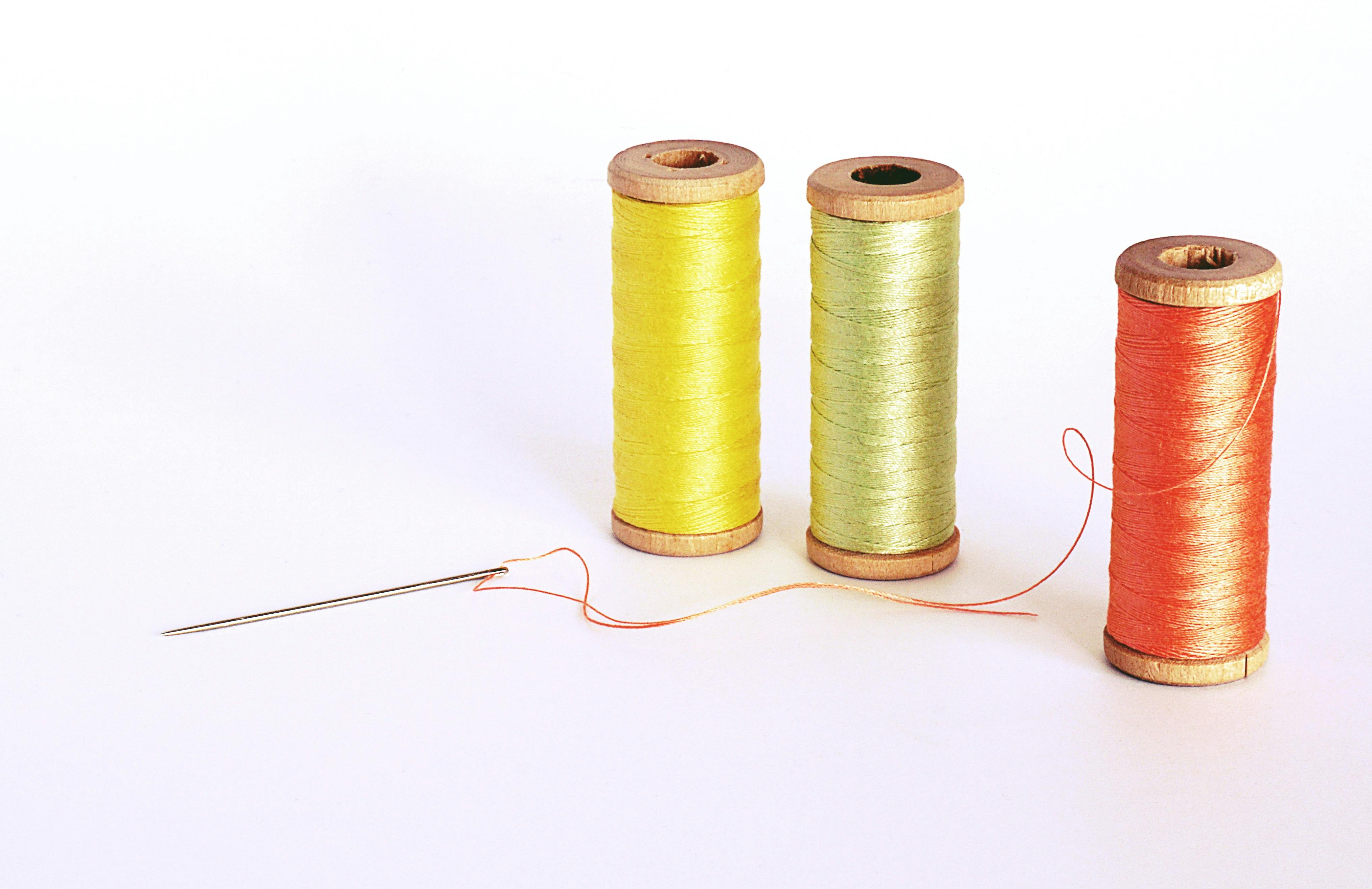The organization that writes standards for the restoration industry, the IICRC (Institute for Restoration Inspection, Cleaning and Certification), has defined three categories of water in its standard for water damage restoration, S500. These categories are determined by the source of origin and the content/level of contamination of the water. Today we will cover the third and last, category 3.
Category 3 water originates from a source that is already highly contaminated and could cause death or serious illness if consumed or ingested by humans. Some examples of Category 3 water include: sewage, rising floodwater, groundwater entering horizontally (not rain through a roof, etc.), toilet overflowing with feces in the bowl, any water found beyond toilet siphon and category 1 or 2 water that has undergone a significant amount of contaminants, or has not been treated for 72 hours or more.
In the past, Category 3 water was referred to as “black water”, but this term is no longer recognized due to ambiguity and the resulting confusion. In fact, Category 3 water can be black in color, as is sometimes the case with sewage; it can also be all other colors of the rainbow, even clear – colorless. The determining factor for the category is the level of contamination, not the color. I can think of a number of harmful substances that could cause harm if ingested that are not black in color, but all of them would deserve a Category 3 designation.
Water damage mitigation, drying, and restoration of a category 3 loss requires the highest level of stripping. Only hard, non-porous or semi-porous surfaces can be salvaged. All other materials that have been in contact with water must be removed to avoid exposure and inherent health risks. This means carpeting, padding, drywall, insulation, and even laminate flooring all have to go. Personal property should also be disposed of if affected, unless something has great sentimental value. All non-porous or semi-porous materials, tile and concrete floors, as well as framing members can be cleaned. The urgency to respond to a Category 3 water loss is usually quite obvious, as a strong odor will often be present. Also, keep in mind that mold growth can quickly exacerbate the problem if not treated properly. This is why it is so important to contact a professional mitigation company to begin the drying and restoration process immediately to prevent further damage to your home.




Recent Comments